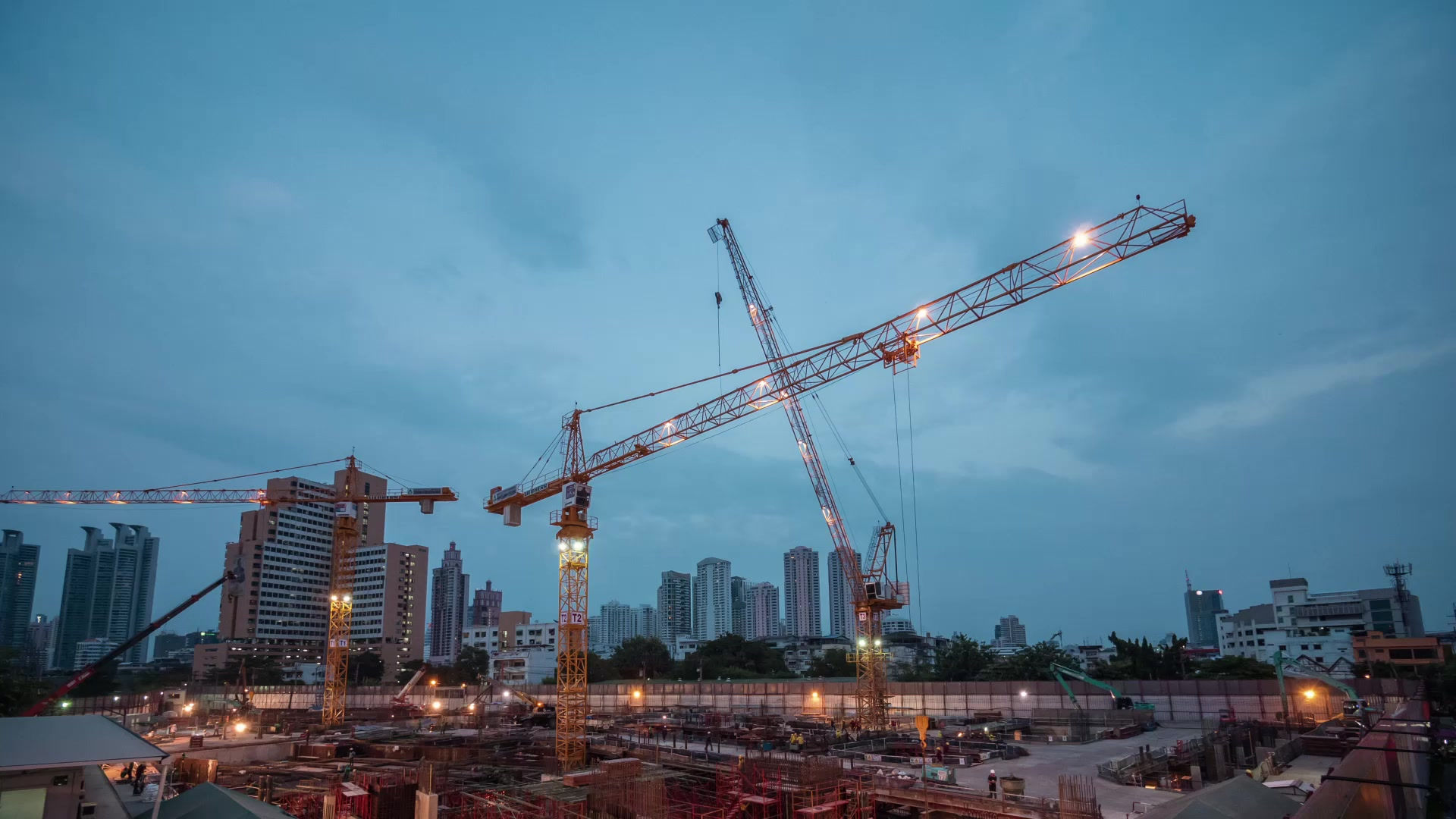How Do You Know If Your Building is Safe?
- Fire Defence Solutions

- Mar 4
- 3 min read

Fire safety is a critical concern for any building owner, landlord, or business operator. Ensuring your building meets fire stopping requirements is essential to protect lives, comply with regulations, and minimize damage in the event of a fire. But how can you determine whether your building is truly safe?
By conducting thorough assessments, using certified fire stopping materials, and scheduling regular maintenance, you can ensure your building remains compliant with UK fire safety standards. Here’s what you need to check:
1. Fire Risk Assessment: The First Step in Fire Safety
A Fire Risk Assessment (FRA) is a legal requirement under the Regulatory Reform (Fire Safety) Order 2005. This assessment identifies potential fire hazards and evaluates whether fire protection measures, including fire stopping, are in place and functioning correctly.
🔍 What to Expect in a Fire Risk Assessment:✔️ Inspection of escape routes and fire doors.✔️ Assessment of fire compartmentation integrity.✔️ Review of existing fire stopping solutions.✔️ Identification of risks, with recommendations for improvements.
A competent fire safety professional should carry out the FRA to ensure nothing is overlooked. If your last assessment was conducted more than 12 months ago, it may be time for a reassessment—especially if renovations or modifications have taken place.
2. Fire Compartmentation Survey: Checking Fire-Resistant Barriers
A Fire Compartmentation Survey is an in-depth inspection that assesses whether a building’s fire-resistant barriers, such as walls, floors, and ceilings, are intact and capable of containing a fire.
🚨 Why is This Important?Over time, buildings undergo repairs, refurbishments, or new installations (such as plumbing, wiring, and HVAC systems) that may compromise fire barriers. Even small gaps or unsealed penetrations can allow fire and smoke to spread rapidly.
✅ What a Fire Compartmentation Survey Covers:
Checking for breaches in fire-rated walls, floors, and ceilings.
Inspecting service penetrations (cables, pipes, and ducts) for proper fire stopping seals.
Assessing fire doors and their effectiveness in containing fire and smoke.
Identifying areas where fire stopping repairs or upgrades are needed.
If breaches are found, fire stopping solutions such as intumescent sealants, fire collars, and fire-resistant mortars must be applied to restore compartmentation and comply with Building Regulations Approved Document B.
3. Certified Fire Stopping Products: Meeting UK Safety Standards
Using certified fire stopping materials is essential to ensure reliable fire protection. All fire stopping products should comply with:
🔥 BS 476 – British Standard for fire resistance testing.🔥 EN 1366 – European standard for fire stopping in service penetrations and ductwork.
Certified fire stopping products include:✔️ Intumescent Sealants & Coatings – Expand under heat to seal gaps and prevent fire spread.✔️ Fire Collars & Wraps – Protect pipes and ducts by sealing openings during a fire.✔️ Fire Batts & Boards – Fire-resistant insulation used for sealing larger openings.✔️ Fire-Rated Mortars – Used to seal service penetrations in walls and floors.
When choosing fire stopping solutions, ensure they have been tested and approved for use in your specific application. Poor-quality or uncertified materials can fail under fire conditions, putting occupants at risk.
4. Regular Inspections & Maintenance: Keeping Fire Stopping Effective
Even if your building originally met fire stopping requirements, ongoing maintenance is necessary to ensure continued protection. Fire stopping deteriorates over time, and any building modifications can create new vulnerabilities.
🔄 When Should Fire Stopping Be Checked?
✅ Annually as part of routine fire safety inspections
.✅ After any refurbishments or new installations (e.g., electrical or plumbing work).
✅ Following a fire risk assessment that highlights potential fire stopping issues.
A competent fire safety specialist should inspect fire stopping measures to verify their condition and ensure compliance with UK regulations. If repairs or upgrades are needed, they should be completed as soon as possible to maintain safety.
When in Doubt, Consult a Fire Safety Professional
If you're unsure whether your building meets fire stopping requirements, consult a fire safety expert. A professional assessment will provide:✔️ Peace of mind knowing your building is safe and compliant.✔️ Detailed reports outlining necessary fire stopping improvements.✔️ Expert recommendations for long-term fire safety planning.
At Fire Defence Solutions, we specialise in fire stopping installation, inspections, and compliance checks to ensure buildings remain protected.




Comments